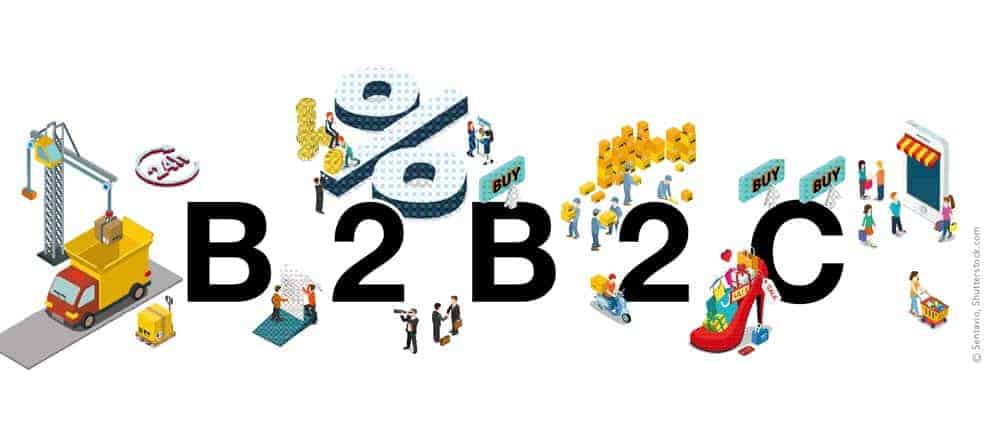Why in e-commerce, IT infrastructure and content are equally important


The key to success when developing an online store is ultimately to offer customers a convenient, unique and emotional shopping experience. This can only be achieved if good, relevant content and an optimal store infrastructure complement each other perfectly.
Store systems are often not designed for playing out content. Their strength lies in the optimal presentation of products and product descriptions. A content management system (CMS) is particularly suitable for maintaining and adapting content and displaying it on different devices.
No system can do everything. If an SAP system is available, other aspects must be taken into account. The following three solutions show which options are available for linking the store system and CMS:
Commerce-First Approach:
Here the store system is the leading system. Store and products are in the foreground and the content from the CMS is imported into the store system. The CMS is then only responsible for the pure content maintenance.
The challenge is that the personalized content - varies by persona, region, age group, etc. - must be customized and reloaded and rendered in the store each time.
This can mean more effort for software development and thus higher costs for the store operator. This approach makes sense if only a few sales channels are planned and a CMS system that integrates well is available.
CMS-first approach: Here, the CMS is the leading system: Information such as product data, customer data, order and purchase order data is integrated from the store system into the CMS, and the entire purchasing process is also mapped in the CMS. The store system is then just a set of interfaces with corresponding data management.
The challenge with this approach is to transfer the data from the store system to the CMS in an up-to-date, complete and high-performance manner. The advantage is that features of the CMS system such as multi-channel, targeting and personalization can be used directly in the store.
The CMS-first approach is ideal if a store operator who has previously only offered his products stationary now wants to sell his products online with the help of a purely informative and CMS-based website.
Hybrid approach:
The store system and CMS are equal-ranking systems here and run in parallel. Both the information from the store system and the content from the CMS are played out to a "neutral" third-party system such as a single-page application.
The challenge here is to integrate up-to-date and consistent information from both systems into the third-party system.
This approach is relevant if online store and CMS are already successfully used coexistently.
If an SAP system is used or already exists when implementing an online store, special challenges can arise regardless of the approach chosen:
If the product data comes from an SAP system, it must be transferred to the store system, as it is absolutely necessary for store processes.
To close invoice cycles in the SAP system, the SAP system must be notified after receipt of payment for an online order so that an invoice can be created there.
If customer data originates exclusively from an SAP system, it must still be available both in the CMS (e.g. for authentication) and in the store system (e.g. for selecting the delivery address).
Whether and how store system and CMS - and SAP, if applicable - can be linked to each other should be checked before they are selected and deployed - both in terms of suitable connectors and infrastructure.
With early collaboration between IT and content managers, both store visitors and retailers ultimately benefit from a high-performance, user-friendly online store with relevant content.





